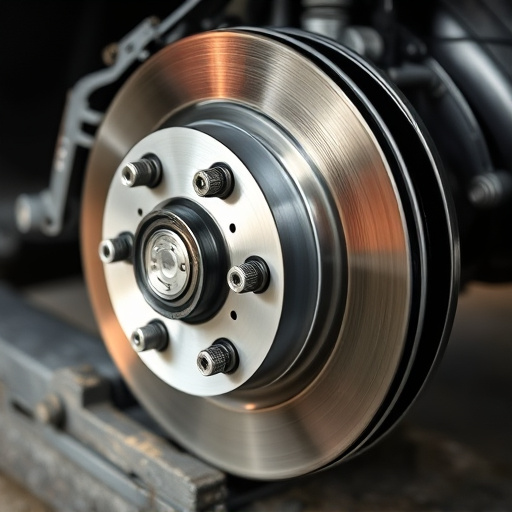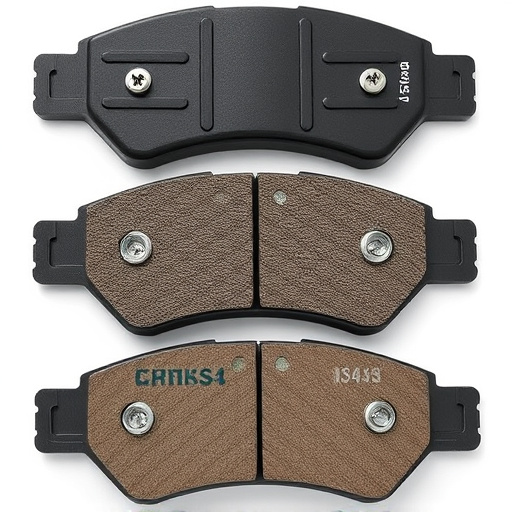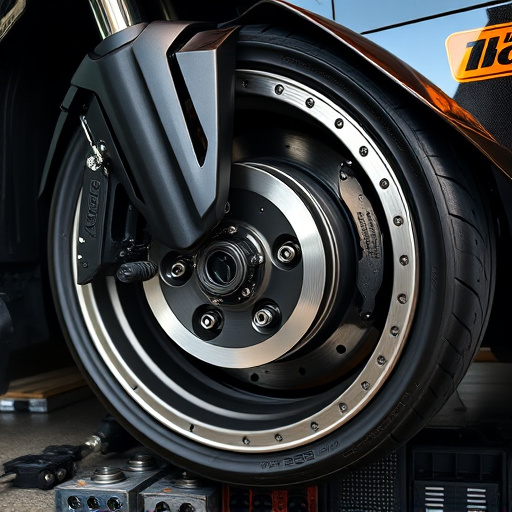To install a ram air intake system, prepare your workspace with good ventilation, gather tools and components (including vehicle-specific parts), ensure compatibility with exhaust systems, and thoroughly research your vehicle's make and model to meet cold air intake requirements. This system enhances engine performance by drawing in cold, dense outside air for better combustion and improved horsepower, resulting in enhanced acceleration, smoother power delivery, and overall improved engine response.
Looking to boost your vehicle’s performance? Installing a RAM air intake system can be a game-changer, but it requires careful planning and execution. This step-by-step guide will walk you through the process, from preparing for installation to post-check maintenance. We’ll cover everything from understanding compatibility and gathering tools to ensuring optimal airflow and addressing common issues. Get ready to revolutionize your ride’s engine with this powerful upgrade!
- Preparing for Installation
- – Understanding your vehicle and its compatibility with RAM air intake systems
- – Gathering necessary tools and materials
Preparing for Installation

Before you begin installing your ram air intake system, it’s crucial to prepare your workspace and gather all necessary tools and components. Start by clearing a wide, flat area where you can lay out the parts comfortably. This is especially important if you’re working in a confined space or dealing with a complex setup. Ensure proper ventilation as some of the processes might involve strong odors from solvents or oil leaks.
Next, make sure you have the right equipment including wrenches, screwdrivers, and any other tools specific to your vehicle model. Check if you need an oil pan catch for any potential spills during disassembly. Have your air filter kits, performance air filters, and a new ram air intake system ready along with any seals or gaskets required. Verifying compatibility with your exhaust systems is also vital to ensure a seamless fit and optimal performance of the ram air intake system.
– Understanding your vehicle and its compatibility with RAM air intake systems
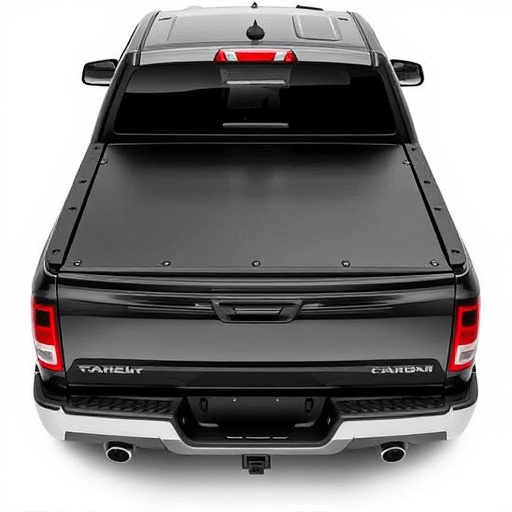
Before installing a RAM air intake system, it’s crucial to understand your vehicle’s make and model for seamless compatibility. Not all cars are designed to accommodate such modifications. Researching your specific vehicle ensures that the ram air intake system aligns with its specifications, including engine type, cooling requirements, and airflow constraints. This is particularly important as fitting an incompatible system can lead to performance issues or even damage to your engine components.
Consider factors like your car’s age, existing suspension kits, and performance exhaust systems, if any. Older vehicles might require specific adaptations for modern RAM air intake systems to integrate seamlessly. Moreover, understanding the vehicle’s cold air intake requirements will help in selecting a ram air system that optimizes airflow without compromising the overall efficiency of your engine cooling system.
– Gathering necessary tools and materials
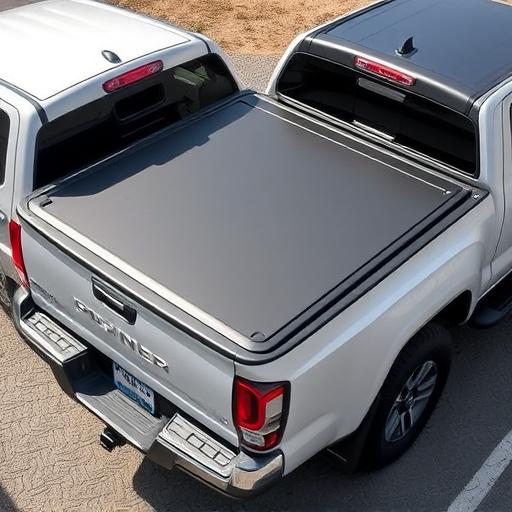
Upgrading your vehicle with a RAM air intake system can significantly enhance its performance. By understanding your vehicle’s compatibility, gathering the right tools, and following these steps diligently, you can successfully install the system yourself. Remember to prioritize safety during the process and enjoy the improved engine response and efficiency that a ram air intake system offers.









